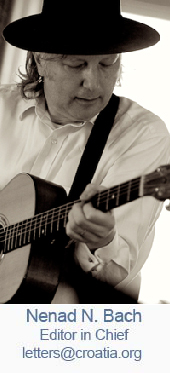
Sponsored Ads
|
» Home
» Culture And Arts » Boris Ivandic Croatian painter in Berlin described in a representative monograph by Ante Glibota
» Home
» People » Boris Ivandic Croatian painter in Berlin described in a representative monograph by Ante Glibota
| Boris Ivandic Croatian painter in Berlin described in a representative monograph by Ante Glibota |
| By Akademik Ante Glibota |
Published
02/10/2013
|
Culture And Arts , People
|
Unrated
|
|
|
|
Teaches in the Deutsche Akademie der Kunst in Berlin
Boris Ivandić, Croatian artist working in Berlin 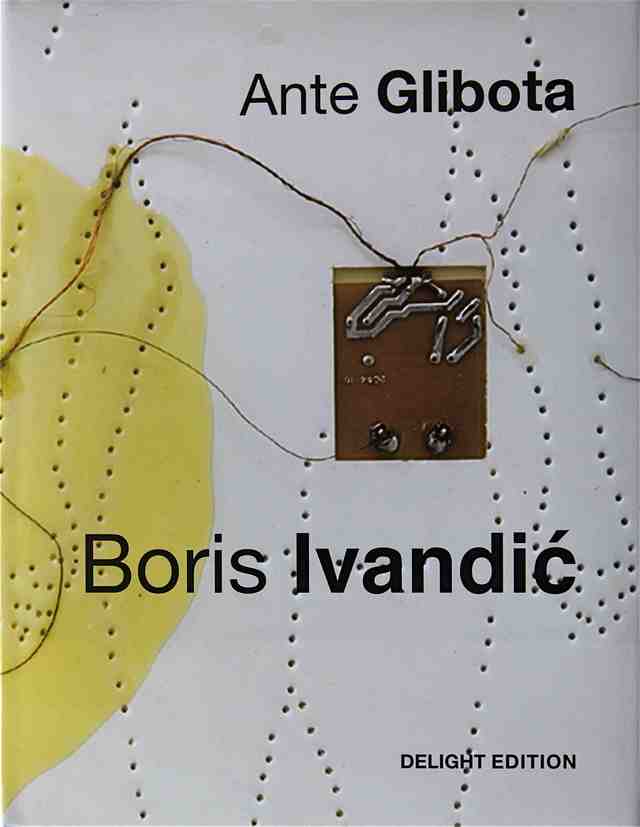 An extensive monograph by Ante Glibota: Boris Ivandic Living Spontanously-Vivre spontanément
Published 2009 by Delight Edition
320 pp., dimensions 30.5 x 24 x 3.5 cm, weight of the book 2.7 kg
Boris Ivandić's studio in Berlin
BIOGRAPHY OF BORIS IVANDIC
Boris Ivandic, Croatian painter, was born in Putesevica, in Bosnia-Herzegovina, in 1951. His family settled shortly afterwards at Osijek, a city founded in the 1st century of the Roman Empire, and the capital of Slavonia in northern Croatia where Ivandic carried out his primary and secondary schooling (Gymnasium). As a teenager, he already had a natural affinity with multicultural expressions. He was attracted by art, rock music, writing and philosophy, and in 1971 he decided to undertake art history studies at the University of Zagreb where he graduated in 1976. In parallel, he also completed this degree course by attending classes at the Fine-Arts Academy in Ljubljana, Slovenia. In 1974, he took part in a first group exhibition at the Zodiak Gallery in Zagreb with Group 4 and as soon as his studies ended, Boris Ivandic held his first one-man show at the SC Gallery in Zagreb.
He turned his back on the lessons taught in the Academy and on every form of artistic academicism, preferring an expressionist approach, born of the culture and mindset of the rock generation, brilliantly combined mixes, expanses with expressionistic colors born of a rich palette and opting for the colors’ vibrant effects. In the same spirit, he presented other solo exhibitions in Croatia until the end of the 80’s, notably in Zagreb at the Podroom Gallery in Zagreb in 1977 and at the Expanded Medium Gallery in 1981 and in 1989 at the Art Gallery in Osijek. He then painted large-scale canvases, limitless, in total freedom, with a musical cadenza. During this period, he also took part in several group exhibitions, particularly in different museums in Croatia, Serbia and Slovenia where he also participated in artistic Salons and Biennials.
Boris Ivandić: Love
Soon, Ivandic broke away not only from academicism, but also from his geographical environment. In 1983 he settled in Paris and hung out with a group of young international artists and he developed solid friendships within multidisciplinary cultural and intellectual circles.
Boris Ivandić: La Rosette
As early as 1983, he participated in a group exhibition organized at the Georges Bernanos Gallery in Paris and he took part in important artistic events such as the Salon de Montrouge in 1987. In parallel, he started a fruitful collaboration with the Galerie d’Art International in Paris that showed Ivandic’s paintings among the main figures in contemporary art, including Dorazio, Canogar, Gischia, Perilli, Kulmer, Debré, Messagier, Max Ernest, Bram van Velde, Franzheim, Appel, and Otto Piene... The Galerie d’Art International also organized solo exhibitions of his works in Paris in 1989 and 1992, as well as in Chicago, Antibes, Osijek, and Tokyo...
Ivandic, by establishing his own style, took over the domination of the essential character and he continues his precise researches in sensations’ spontaneity, around which he has built his own pyramid of metamorphoses. Of course, Ivandic has not re-focused on a stone pyramid erected by Egyptian pharaohs, but on a virtual transparent pyramid, weightless, fluid, through which he can exert his artistic character, which, naturally, has nothing to do with classical reality. For the artist, this airy existence, carried out within the speed of its sound vibrations is more than sufficient. After spending ten years in Paris, Boris Ivandic settled definitively in Berlin in 1992. This grey and moving city full of scars, and the tragic recent history of his native Croatia, intensified the intense and sensual emotional relationship that linked the artist to his surrounding and fed his creative passion. In this background, he made around sixty works, most of them in a large size, that structured the vast retrospective of his work organized by the Paris Art Center (Paris) in 1993. Over a hundred works in various techniques, pointed up the fact that the mystery of Ivandic’s painting occupies the central position in his work, that these realities cannot be visualized, since they belong to the metaphysical realm. These fragments of forms, those seas of pigments in relief bring the viewer back into moonscapes, the Red Planet, imaginary relics, icons of fleeting time...
Boris Ivandić: Miraculous
As a player in the cinema and theatre milieus of Berlin - well known to Ivandic’s wife, Gabriele Binder, a famous costume designer, he met in 1988 - he very soon built up a reputation in artistic and intellectual circles, exhibiting in the major galleries, public spaces and Foundations in Berlin, among which the Künstlerhaus in 1995, Guardini Stiftung in 1996, Himmelsachse in 1998, as well as the Olaf Stüber Gallery in 2000 and the Cornelissen Gallery of Wiesbaden in 2000 and 2005. Since then, Boris Ivandic has had numerous exhibitions in galleries and museums in America, Europe and in Japan.
 Mrs. Gabriele Binder
His meeting with the Indian guru, Bhagwan Sree Rajneesh, also known as Osho, founder of the Dynamic Meditation, had a great impact on the artist’s life. Ivandic spoke of “Rebirth” to recall this relationship that deeply influenced his life and his work and he is used to spending a long time in India each year.
Boris Ivandić: Back to Nature
Recently a tribute was paid to Ivandic with two major museum retrospectives devoted to his work: in 2007 in the Mimara Museum of Zagreb and in 2008 in the Municipal Museum of Osijek, accompanied by an important monograph written by Ante Glibota.
Several books and many catalogues have been published about Ivandic’s work, as well as two bibliophile volumes in limited edition, with illustrations by Boris Ivandic and poems by Ante Glibota.
His works are to be found in all the most important private and public collections throughout the world.
Boris Ivandic lives and works in Berlin where he teaches in the Deutsche Akademie der Kunst.
Ante Glibota
| 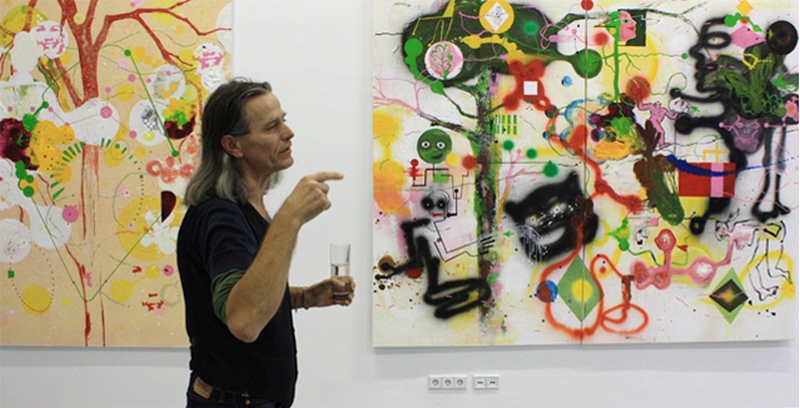 Boris Ivandić 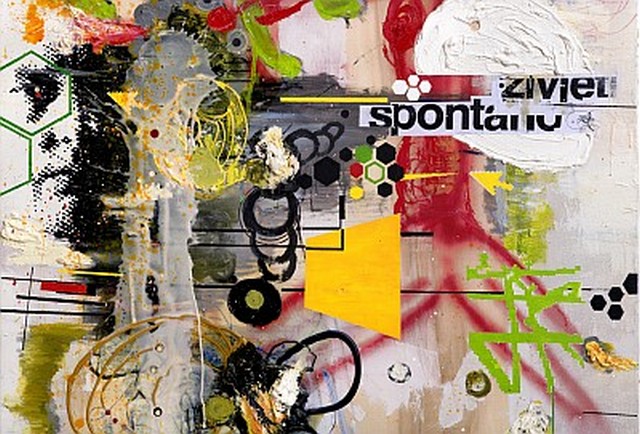 Boris Ivandić: Živjeti spontano - Living Spontaneously 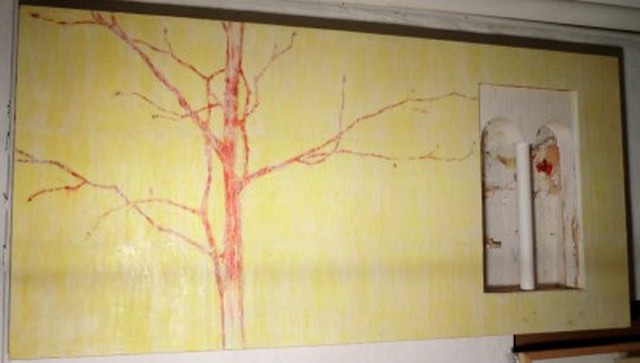 Boris Ivandić: Un jour de silence (A day of silence)
Ante Glibota's monograph about Boris Ivandić
This monograph book of Boris Ivandic show artistic activity of one of most talented contemporary artist, with his dreams, his fantasies and visions. He is a contemporary artist who has built up his work in the most consistent way, in total symbiosis with himself, his antagonisms, his exuberances and his poetry. Ivandic has conceived a powerful body of works, coherent, original and without seeming to accord over much importance to the creative gesture. The book shows body of work of Boris Ivandic which is in truth a block, created gently, in keeping with the artist's philosophical and temporal querying in the introspection of his soul and mind, even while he played like child taking possession of a new exciting toy. The book is really visual and creative pleasure in every sense!
| Boris Ivandić: Un jour de silence (detail)
Ante Glibota: ART IN THE OLYMPIC HOUR
an excerpt about Boris Ivandić
In fact, in that coming and going motion, we get the impression that the artist wishes, despite everything, to communicate the uselessness of the sign, as a symptom of crisis, and then of all illusion, of identical reproduction. He re-orients us towards our surroundings, in the slipstream of fragmentary shreds of a built-up and defeated existence, then onto radiance through the optics reflected on the human psyche. With his creative gesture, Boric Ivandic indicates that his work is a work on the concept of time, the concept of space, the concept of energy, the concept of transparency, and finally the concept of order and chaos.
Ante Glibota is historian of Art and Architecture, titular member of the European Academy of Sciences, Arts and Humanities. His original text, written in French, has been translated into English by Ann Cremin.
Source www.megert.de
| 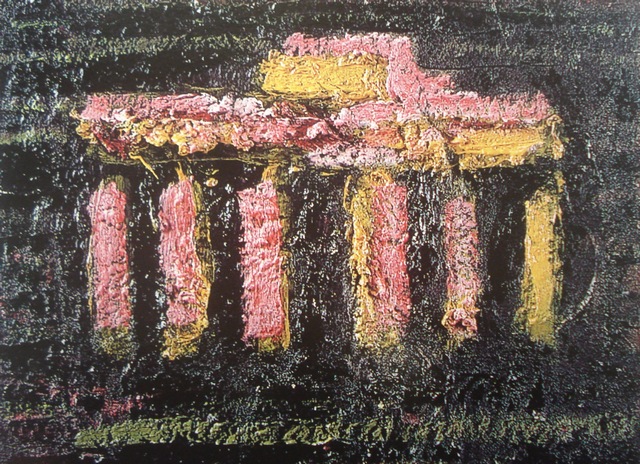 Boris Ivandić: The Brandenburg Gate 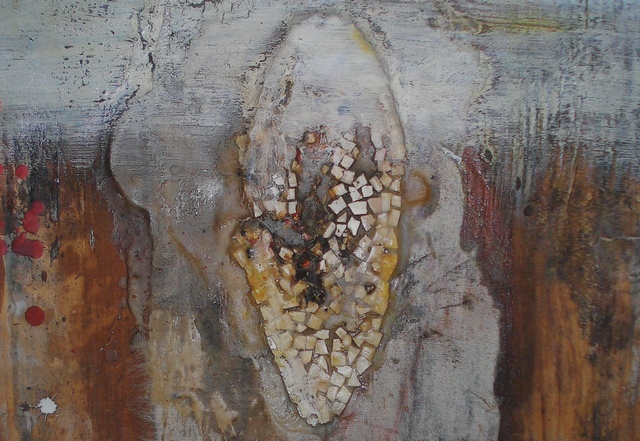 Boris Ivandić: Croatian Icon, 1993 Birthplace of Mr. Boris Ivandić: the village of Puteševica in Bosnia and Herzegovina, near the town of Grude,
and south-east of Croatian town of Imotski.
Boris Ivandić and his wife Gabriele Binder
Formated for CROWN by prof.dr. Darko ŽubrinićDistributed by www.Croatia.org . This message is intended for Croatian Associations/Institutions and their Friends in Croatia and in the World. The opinions/articles expressed on this list do not reflect personal opinions of the moderator. If the reader of this message is not the intended recipient, please delete or destroy all copies of this communication and please, let us know!
|
Related Articles
Related Links
|
|